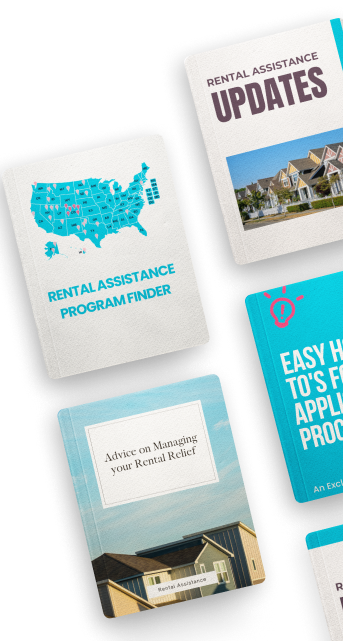Current Analysis of the Challenges of Affording a Home in Expensive Markets
Interest rates, while fluctuating, have remained on the higher end, and stable or rising home values across the United States have underscored the significant role of the down payment. A Zillow analysis reveals that in most of the 50 largest U.S. markets, affording a typical home comfortably means not exceeding 30% of a household's income on the mortgage payment, inclusive of principal, interest, property taxes, and insurance.
Remarkably, there are still regions where owning a home is within reach for median-income households with less than a 20% down payment. These areas are mostly situated in the Midwest, which has witnessed consistent growth in property values.
Cities like Austin, Jacksonville, Charlotte, and Raleigh stand out as regions where a median-income household might obtain a conforming loan for the typical home with a 20% down payment, provided they have a good credit score and minimal other debts. These market traits contribute to their appeal and, foreseeably, their sustained growth.
However, in pricier markets like Los Angeles, the gap widens considerably. Here, a median-income household would need a down payment of 81.1%, translating to $780,203 – a stretch by any measure. And in San Jose, the required down payment exceeds $1.3 million, a staggering 80.9% of the home price.
This is more than the entire value of typical homes in almost all other major markets. The picture is similar, albeit slightly less stark, in metro areas such as New York City, Miami, Boston, and Seattle, where down payments of more than 60% are the norm.
So, what does it take to save for such an amount? Let's consider Seattle, where the annual median income hovers around $116,000. To afford a typical home valued at nearly $753,500, a family would need a down payment of about $462,000.
Saving 10% of their income monthly, with a 4% return on savings, it would take close to 24 years to amass this initial investment – a daunting prospect that often necessitates external financial aid.
Downpayment gifts are becoming increasingly common, with 43% of buyers last year reporting assistance from family or friends. Millennials and Gen Z homebuyers, in particular, also highly value potential rental income, with more than half considering it "very" or "extremely" important – a testament to the creative strategies younger generations are employing to afford homes.
Downpayment assistance programs can offer a lifeline. In Minneapolis, for example, the average down payment assistance hovers just below $22,750. Such support can significantly lower the hurdle, reducing the needed down payment from 27% to a more approachable 21%.
While the current housing landscape poses considerable challenges, potential homeowners are finding resourceful pathways to adapt. Downpayment assistance emerges as a valuable tool, helping to turn the aspiration of home ownership into an achievable reality, one step at a time.
-
Looking for rental and downpayment assistance? Check out these articles:












